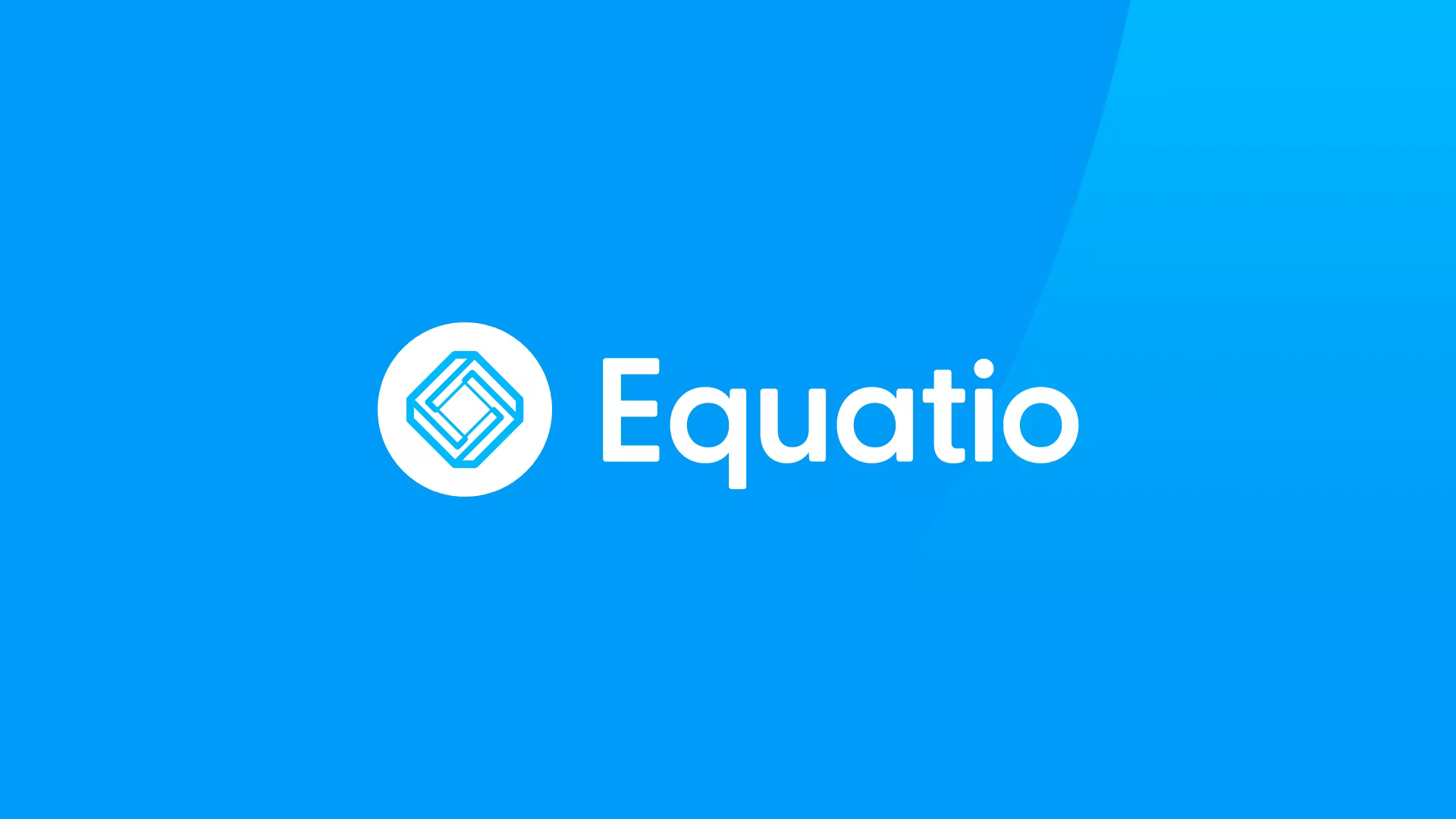Measuring Technology’s Impact on Student Achievement
INNOVATIVE LEADER AWARD WINNER - Determining if technology is positively impacting learning in the classroom is important when implementing new digital tools and platforms.

Technology has undoubtedly created major waves in the world of K-12 education, but how can schools objectively measure the effect in terms of achievement?
“It is important to note that edtech is not a magic wand,” says Mike Daugherty, Director of Technology & Innovation for Chagrin Falls Exempted Village Schools in Ohio. “It will not automatically improve student achievement.”
Recently recognized as an Innovative Tech Director at the Tech & Learning’s Philadelphia Regional Leadership Summit, Daugherty shares how to measure technology’s impact on achievement.
Challenges Lead to Wins

The increase of 1:1 programs has opened doors for educators to streamline their schedules and add engaging and creative content into lesson plans, as well as individualize learning.
“Many districts had some level of 1:1 computing implemented prior to the COVID-19 pandemic, but it dramatically increased the number of districts offering a device to every student,” says Daugherty. “This has given students unprecedented access to information, which has helped to close the homework gap and expand the classroom outside of the four walls of the school building.”
Edtech has broken down accessibility walls and helped overcome inequality due to geographical and socio-economic obstacles, but measuring the success students are achieving is a crucial component in earning buy-in and getting all stakeholders’ endorsement in trying out new and unfamiliar technology.
“Educators are often overwhelmed by the amount of work required to be successful,” says Daugherty. “Learning a new tool takes a significant time investment, which teachers often do not have. To ensure that the effort is worth it, teachers need to see data showing student growth and classroom stories of success. Measuring success, both quantitatively and qualitatively, is critical to adopting new technologies in a district.”
Tools and ideas to transform education. Sign up below.
AI and the Challenge of Measuring Student Success
Generative artificial intelligence (GIA) can generate text, translate languages, write different kinds of creative content and answer questions in an informative way.
“Students will soon be able to use GIA to complete their homework, write essays and even create their own works of art,” says Daugherty. “But how will we create assessments that cannot be easily completed by GIA? How will we ensure that students are using GIA for the right purposes and not simply plagiarizing content?”
Pedagogy needs to evolve along with technology. “We need to teach students how to write prompts that generate the response they are looking for, how to fact-check that response, and how to cite the portions of the response they use so we can ensure that they are using this powerful tool to enhance their learning, not to cheat,” he says.
Daugherty believes the key to ensure a positive outcome of this exciting and revolutionizing tech is to address the challenges that GIA poses early on and ensure it’s being used in productive and innovative ways.
The Correlation Between Tech and Achievement
Achievement can be measured in many ways, in hard data and test scores, but also via soft data improvements in student experience.
“In order to be effective, edtech must be used in a way that is aligned with the specific needs of the students and the goals of the school,” says Daugherty. “For example, edtech can be used to provide personalized learning experiences by using adaptive learning software that adjusts the difficulty of the material based on the student's individual progress.”
Focusing on practical skills is also important. “When we first rolled out Chromebooks to students in our district, we asked ourselves ‘What skills will our students need when they graduate Chagrin Falls?’” he says. “This led to the creation of our ‘Great Techspectations.’ The Great Techspectations were soft skills such as communication, creativity, problem solving, and presentation.”
3 Ways to Measure the Impact of Edtech
Measuring achievement isn’t just about pats on the back. Defining success and analyzing what really works helps districts choose how and where to spend their tech budget for the biggest impact.
- Self-efficacy - Use surveys and one-on-one conversations to hear how students perceive the tools and how they believe those tools help their learning.
- Collaboration - Use group projects and peer reviews to determine how well students are working together when using various edtech applications.
- Engagement - Observe how engaged students are in their learning when using different edtech tools.
“The bottom line is that edtech can be a valuable tool for improving student learning,” says Daugherty. “However, it is important to use it wisely and to complement other evidence-based practices.”
The Role of the Tech DIrector
Edtech can be used to automate grading, create lesson plans, and communicate with parents. This can free up teachers so that they can focus on more important tasks, such as providing individual instruction and collaborating with colleagues. Tech directors play a crucial role in being proactive to seek new programs or hardware.
“The students of today have grown up with technology,” says Daugherty. “They are used to using smartphones, social media, and other digital tools to learn and communicate. As a result, educators need to use technology in the classroom to keep students engaged and motivated. For example, they can use technology to create interactive lessons, personalize instruction, create collaboration opportunities, and provide access to resources. By using technology in these ways, educators can help students to learn more effectively and efficiently.”
To share your feedback and ideas on this article, consider joining our Tech & Learning online community here.
Sascha has nearly two decades of experience as a freelance journalist writing for national magazines, including The Washington Post, LA Times, Christian Science Monitor, National Geographic Traveler, and others. She writes about education, travel and culinary topics.

